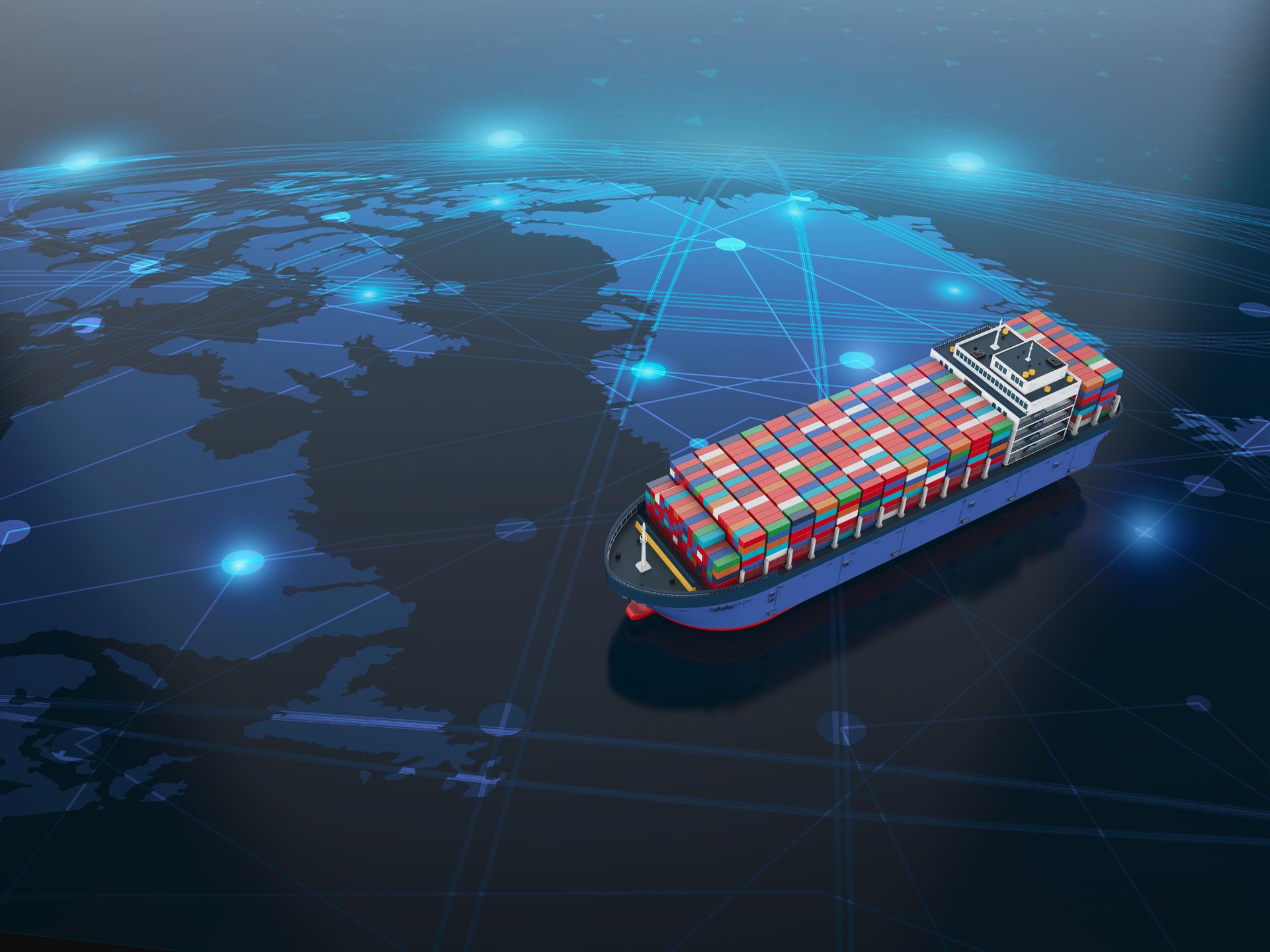CLTD
The APICS Certified in Logistics, Transportation, and Distribution (CLTD) credential equips professionals with the expertise to tackle today’s and tomorrow’s supply chain challenges. Created with insights from industry experts, the CLTD certification sets the benchmark for best practices in logistics, transportation, and distribution.
Since its launch in 2016, the CLTD program has become an invaluable resource for those working in or aiming to enter the logistics field, helping them elevate their organization’s logistics function. The certification offers a rich base of knowledge, research, and industry standards, making it essential for professionals in logistics, shipping, and distribution.
Why CLTD
- Recognized as the leading global certification in end-to-end supply chain management, paving the way for international career opportunities.
- Provides a complete view of the supply chain, giving you a competitive edge and industry recognition.
- Strengthens your expertise, positioning you as a change-maker in driving organizational improvements.
- Certified professionals enjoy increased earnings and faster career progression.
- Establish yourself as a global supply chain leader, gaining credibility and respect.
- Master cutting-edge best practices, allowing you to enhance planning and operations for optimal performance.
- Acquire the skills to introduce innovative solutions across suppliers, plants, and distribution networks.
- Earn a respected and valued certification that sets you apart in the industry, highlighting your commitment and professionalism.

CLTD learning system modules
- Outlining the principles that make logistics useful, including economic drivers
- Understanding how logistics fits within supply chain management
- Managing logistics strategy, including the logistics value proposition
- Developing flexible logistics frameworks and collaborative relationships
- Exploring strategic-level risk management
- Using fundamental performance measurements and benchmarking
- Implementing re-engineering and continuous improvement philosophies
- Implementing a logistics network design process
- Considering transportation requirements driving logistics network plans
- Using tools and analyses to select node patterns and links
- Adopting risk management
- Planning for network security and business continuity
- Understanding how logistics plays a key role in demonstrating organizational social responsibility
- Managing the triple bottom line, including carbon footprint reductions and green initiatives
- Selecting vendors based on sustainable practices
- Demonstrating responsibility when handling and managing hazardous and dangerous materials
- Understanding the basics of forecasting including various types of forecasts
- Shaping demand for logistics services
- Translating demand information into planning for transportation and warehousing capacity
- Providing input during S&OP and participating in collaborative planning, forecasting, andreplenishment
- Planning for distribution requirements
- Managing supply, including ERP master scheduling
- Developing a process and selecting a purchasing strategy
- Performing customer relationship management during order management activities
- Implementing CRM to strengthen relationships
- Meeting customer needs
- Achieving service levels according to customer demand
- Managing the process steps and logistics decision points of inbound, intracompany, and outbound order management
- Understanding inventory management, planning, and control
- Contrasting stakeholder expectations for inventory management
- Summarizing the different functions or purposes inventory serves in a business
- Illustrating the major types of inventory costs
- Differentiating approaches to safety stock and determinations of when to order
- Performing calculations related to standard deviation, economic order quantity, and reorder points
- Describing lean, just-in-time, ABC, vendor-managed inventory and other alternative approaches
- Listing common performance metrics
- Understanding warehousing strategies and determining which to use.
- Considering physical aspects and tactics related to warehousing design
- Exploring warehousing challenges and trends
- Summarizing warehouse ownership types and functions
- Determining warehouse operations performance measures
- Diving deep into warehouse processes, layouts, materials handling, systems and automation, and packaging
- Outlining transportation fundamentals including cost structure, stakeholders, capabilities, carrier types, mode classifications, and selection considerations
- Diving deep into the modes of transportation including road, rail, air, water, pipeline,intermodal, and parcel/courier
- Managing transportation according to guiding principles
- Considering tradeoffs when designing transportation networks, selecting carriers and modes, and planning routes and schedules
- Examining current factors in the global logistics space
- Staying competitive while balancing cost and level of service.
- Exploring the history of international trade theories and infrastructure
- Discussing global logistics performance indicators and trade specialists
- Complying with international trade regulations
- Preparing customs documentation
- Discussing finance, payment options, terms of sale, payment methods, currency issues, trade zones, and hedging